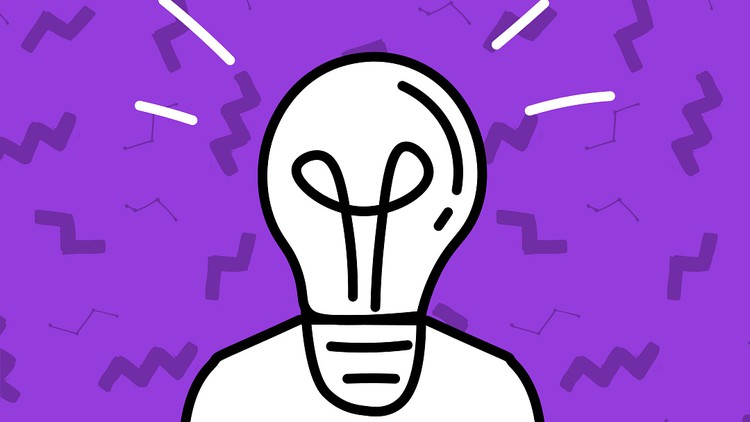
What you will learn
Explain what learning agility is
Identify how learning agility will benefit you
Identify your strengths and weaknesses in learning agility
Plan how you will improve your learning agility
Apply tools to analyze and reinterpret past experiences
Devise new applications for your lessons of experience
Design behavioral experiments
Evaluate the outcomes of your experiences and experiments
Investigate ways to continue developing your learning agility after this course
Description
Learning agility has been called the ‘X factor’ to success and ‘the most in-demand skill of the 21st Century’- it is a critical meta-competency for success in a volatile, uncertain, challenging, and ambiguous world.
Originally formulated as a measure of potential, your learning agility relates to your ability and willingness to take lessons of experience and apply them to new or challenging situations. It consists of people agility, results agility, change agility and mental agility.
By completing the lessons in this course you will develop a deeper understanding of what learning agility is and you will learn and practice skills and tools to help enhance your own learning agility. Based on a combination of Kolb’s experiential learning theory and cognitive behavioural theory, this course will equip you with several tools to maximise your ability to take lessons from your experience and apply them in new and creative ways.
Firstly, we learn about what learning agility is, what it consists of and why its worthwhile to develop it. You will then complete two learning agility assessments, reflect on your strengths and weaknesses and plan how you will improve and what you will focus on. We will then learn about key theories- Kolb’s experiential learning theory and cognitive behavioural theory, and how this course combines them to equip you with several tools to maximise your ability to take lessons from your experience and apply them in new and creative ways. You will then be guided through ways to creatively expand lessons of experience in new and creative ways across life domains, and how to safely and reflectively experiment with these lessons.
The course also signposts you to several other ways to continue to develop your learning agility following course completion.
Content